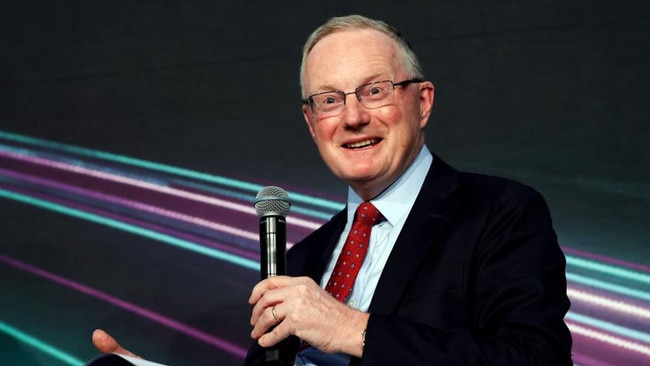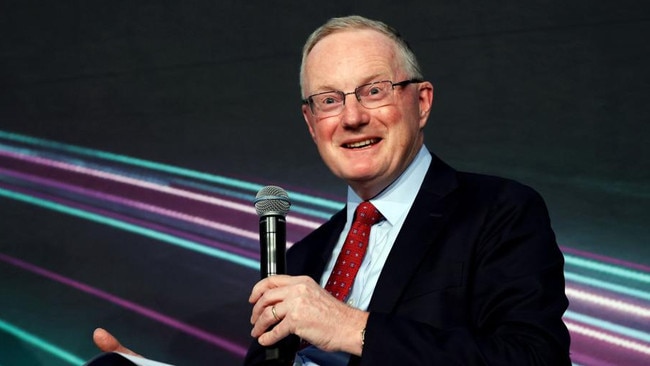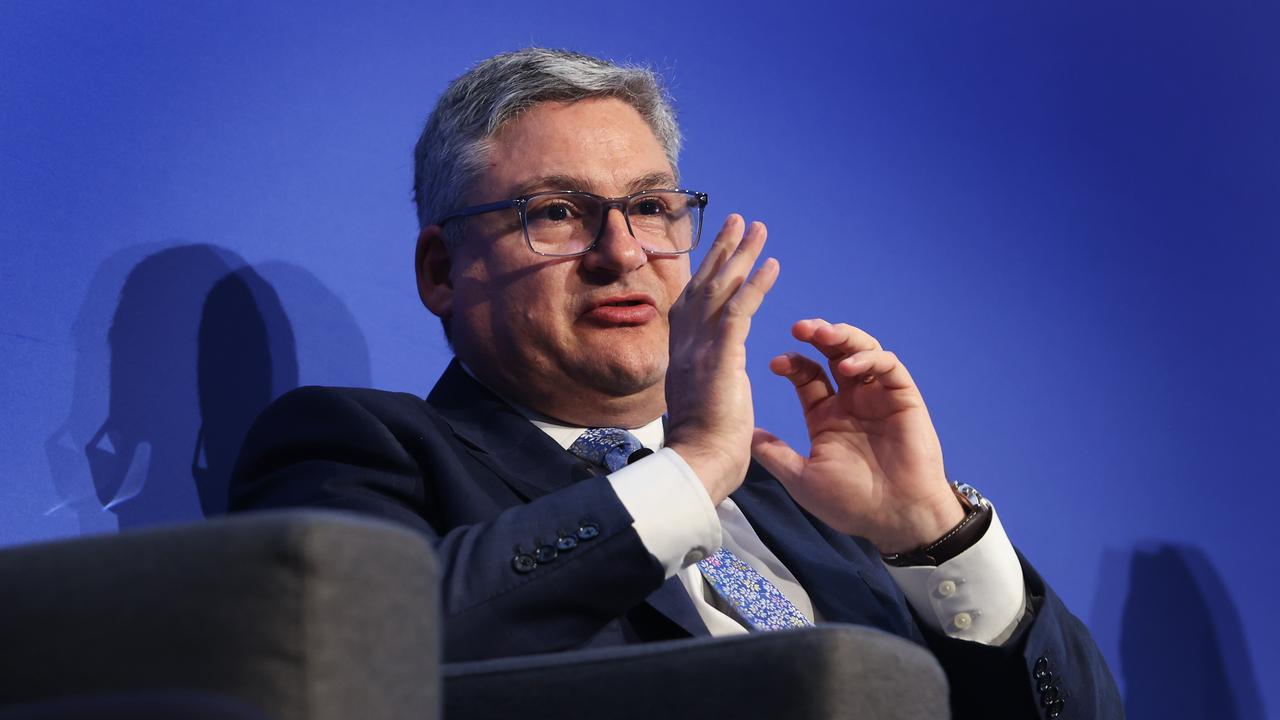Monetary policy tightening ‘may be required’ if inflation isn’t reined in quick enough, says RBA
A restart of interest rate rises this week after a one-month pause was needed to help with the return of inflation to target in a ‘reasonable time frame’.

Interest rate aren’t over, if the latest forecasts from the Reserve Bank are anything to go by.
A restart of rate increases this week after a one-month pause was needed to help with the return of inflation to target in a “reasonable time frame”, according to RBA governor Philip Lowe.
Even after a lower-than-expected but still excessive inflation outcome for the March quarter, he said the “flow of data and our assessment of the outlook” warranted another 25-basis-point increase in the cash rate to a decade high of 3.85 per cent, giving a total of 375 basis points in 12 months.
“Some further tightening of monetary policy may be required to ensure that inflation returns to target in a reasonable time frame, but that will depend upon how the economy and inflation evolve,” he said in Tuesday’s statement. That warning was repeated in Friday’s quarterly statement on monetary policy, which was finalised after this week’s decision to lift interest rates again.
The Reserve Bank’s interest rate decisions have been unusually hard to predict in recent months.
At times it has appeared willing to tolerate a slow return to target inflation to preserve job gains.
But while slowing the pace of its rate rises from 50 to 25 basis points in October, the RBA has raised rates at every meeting since May last year, pausing only briefly in April to assess the outlook.
This month its nascent tolerance of above-target inflation evaporated as its revised forecasts continued to point to inflation remaining above its target for another two years.
“Inflation in Australia has passed its peak, but at 7 per cent is still too high and it will be some time yet before it is back in the target range,” Dr Lowe said on Tuesday.

“Given the importance of returning inflation to target within a reasonable time frame, the board judged that a further increase in interest rates was warranted today.”
An independent review last month recommended the RBA aim for the midpoint of the inflation target and explain how long inflation is expected to be materially away from the midpoint.
The best predictors of higher interest rates in Australia – apart from rate rises overseas – have been excessive inflation, a tight labour market and, most importantly, the RBA’s forecasts that inflation will only get back to the top of its target band at the end of its forecast period.
While lowering its short-term forecasts for economic growth, employment and inflation this week, the RBA continued to predict core trimmed-mean inflation of 2.9 per cent on-year by mid-2025.
“The longer inflation remains above target, the greater the risk that inflation expectations rise and price and wage-setting behaviour might adjust accordingly,” the RBA warned.

“If this were to eventuate, the end result would be even higher interest rates and a larger rise in unemployment would be required to bring inflation back to target.”
The RBA’s economic growth forecast was revised up to 2.1 per cent, from 1.7 per cent, for the year to June 2025, and its unemployment and wages forecasts were little changed at 4.5 per cent and 3.7 per cent. It’s not clear from those forecasts that the RBA has done enough.
The latest forecasts were based on assumptions including a cash rate peaking at 3.75 per cent before declining to about 3 per cent by mid-2025, the same cash rate assumptions used in February.
“With the board aiming to get inflation to 3 per cent by mid-2025, more important is what it says about the inflation outlook, and here the risks are asymmetric in 2023 and heavily reliant on the resolution of supply disruptions,” NAB head of market economics Tapas Strickland said.
“That leaves the RBA very vulnerable should the resolution of supply disruptions take longer than expected, or should domestic inflationary pressures pick up more on the back of higher than expected wages and/or lower than expected realised productivity growth.”

The RBA’s chart of trimmed mean inflation, broken into that caused by implied supply disruptions and that caused by demand, showed that the bank’s forecast of inflation falling to 2.9 per cent by mid-2025 relies heavily on an easing in supply disruptions. Demand-attributed inflation is expected to pick up until the end of 2023 before easing back a little, but it may increase for longer.
“There is a high degree of uncertainty around the speed and extent of the disinflation expected in the period ahead,” the RBA statement said.
“On the one hand, lower goods prices from the resolution of supply chain issues could come through sooner and swifter than anticipated. On the other hand, domestic price pressures may be stronger and more persistent than expected.”
The RBA also warned that services inflation was “expected to be more persistent”.
Goldman Sachs chief economist Andrew Boak said this “underpins the RBA’s ongoing tightening bias”, although the statement “provided little additional clarity on the near-term policy outlook”.
“Overall we continue to view additional tightening as needed in Australia to bring inflation back to target in a reasonable time frame,” Mr Boak said.

“Our base case remains for one more 25-basis-point hike in July to a terminal rate of 4.1 per cent following key updates in June on the national accounts, unit labour costs, and the annual resetting of the minimum wage. We continue to see the balance of risks as skewed to a higher terminal rate, with a material risk of a back-to-back rate increase in June.”
RBC chief economist Su-Lin Ong said the RBA’s recent emphasis on returning inflation to target in a reasonable time frame suggested either that its mid-2025 time frame was “too long with accompanying risk to inflation expectations and high inflation becoming entrenched, or that more restrictive settings are needed for the RBA to be confident that inflation is surely heading back to target”.
The RBA added that “housing prices have stopped falling at a national level, implying that the drag on consumption from declining wealth could be smaller than previously assumed.”




To join the conversation, please log in. Don't have an account? Register
Join the conversation, you are commenting as Logout